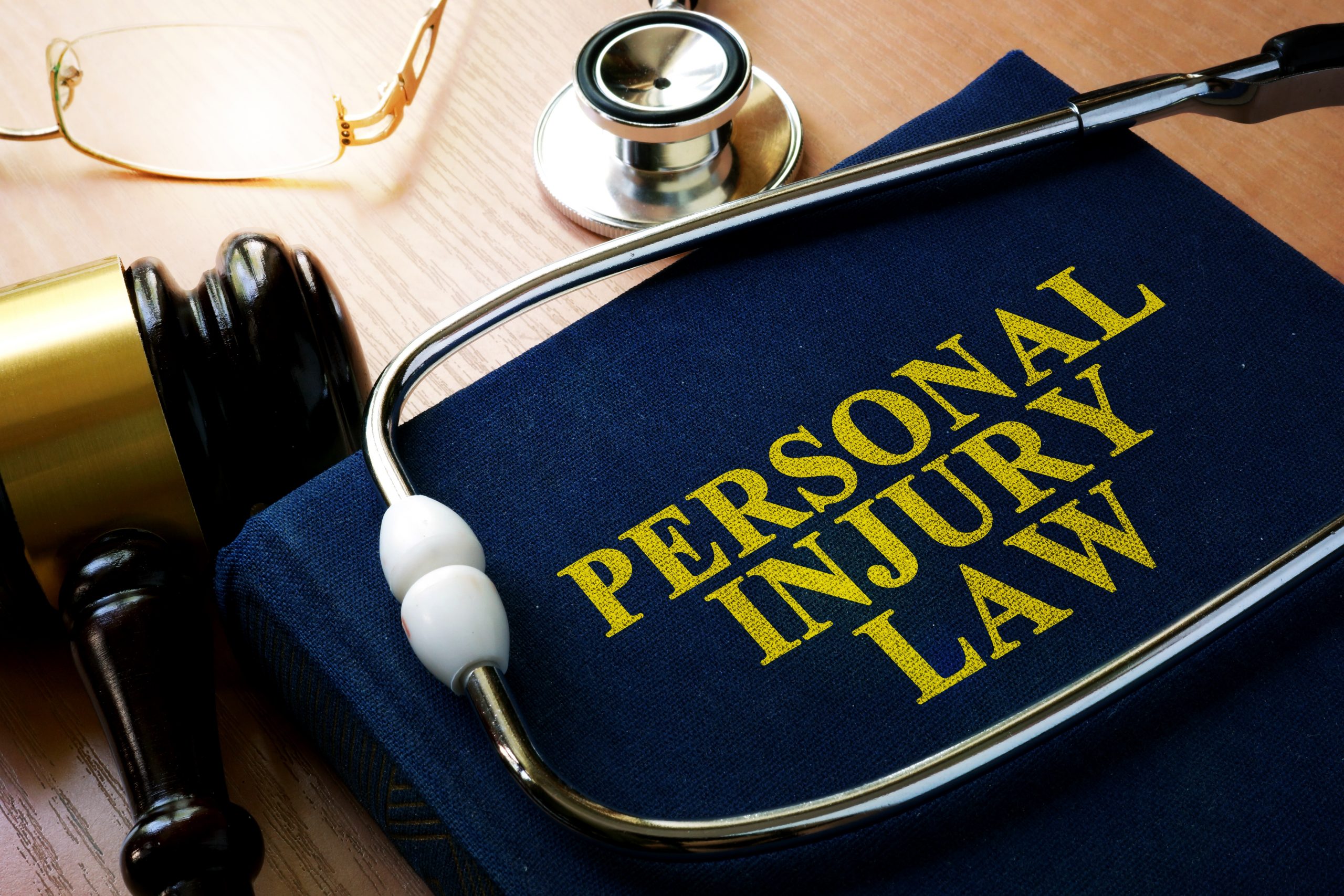Personal injury claims are a significant aspect of the legal system that provides a mechanism for individuals harmed by another party’s action or negligence to seek compensation. These claims can arise from a variety of situations, from auto accidents to workplace injuries. Understanding the legal process behind these claims is crucial for those seeking justice and remuneration for their losses. In this article, we’ll delve into the intricacies of personal injury law, the role of negligence, the steps involved in filing a lawsuit, and the decision between settling or going to trial.
Understanding Personal Injury Claims and the Legal Process Involved
When someone is injured due to another party’s negligence, they may pursue compensation through a personal injury claim. This begins with establishing the injury and proving liability. The injured party, known as the plaintiff, files a complaint outlining the claim and legal basis. The defendant responds, leading to pre-trial proceedings.
Discovery follows, where both sides gather evidence. Legal counsel helps assess strengths and weaknesses. Expert representation, such as that provided by Duncan Law Group (https://www.duncanlawgroup.com/), is crucial for navigating the process effectively.
The Role of Negligence in Personal Injury Cases
Negligence lies at the core of numerous personal injury cases, representing a failure to exercise reasonable care and thereby causing harm or loss to another individual. To succeed in a claim, the plaintiff must demonstrate that the defendant owed a duty of care, breached it through action or inaction, and directly caused the resulting injury.
Laws regarding negligence vary among states. Some follow contributory negligence, where any fault on the plaintiff’s part bars recovery of damages. Others use a comparative negligence approach, where damages are reduced by the plaintiff’s percentage of fault.
Establishing negligence involves gathering evidence such as eyewitness accounts, expert opinions, and accident reconstructions. Medical records are essential for validating the extent of injuries and their link to the incident.
Understanding negligence is crucial as it aligns legal fault with moral responsibility. This framework aims to maintain a societal standard of care and provide restitution to those harmed when this standard is violated. Demonstrating negligence effectively can greatly influence negotiations and court decisions in favor of the injured party.
Key Steps in Filing a Personal Injury Lawsuit
The process of initiating a personal injury lawsuit starts with the decision to pursue legal action. Consulting with a qualified attorney is crucial post-injury to evaluate the case’s merits, gather evidence, and establish negligence.
Once the decision to proceed is made, a formal complaint is filed in civil court outlining the lawsuit’s basis and damages sought. The defendant is then served legal papers and given a timeframe to respond.
Next comes the discovery phase, where both parties exchange information and record key testimonies. This phase is essential for crafting a strong lawsuit strategy.
Pre-trial motions and hearings may occur, addressing issues like evidence admissibility and legal arguments. Early case preparation greatly impacts outcomes during these stages, potentially leading to a settlement or case dismissal.
Settling a Personal Injury Claim vs. Going to Trial
In personal injury cases, plaintiffs face a pivotal choice: settle out of court or proceed to trial. Settlements offer a definite compensation amount and a quicker resolution, sparing plaintiffs from the uncertainties and costs of trial. However, when offered compensation is insufficient or liability is contested, going to trial may be necessary.
Trials offer the potential for higher compensation but involve risks and complexities. Judges or juries assess evidence to reach a verdict, a process guided by skilled attorneys. While many cases settle pre-trial, attorneys advise clients based on evidence and circumstances, aiming for the fairest outcome.
Rights and Compensation in Personal Injury Cases
Victims of personal injuries have rights within the legal system, including seeking compensation for their losses. Compensatory damages cover medical expenses, lost wages, and related costs. Non-economic damages, like pain and suffering, may also be awarded.
In extreme cases, punitive damages may be granted as a form of punishment and deterrent against gross negligence or willful misconduct. However, these are rare and subject to specific legal standards.
It’s crucial to be mindful of the statute of limitations when filing a personal injury claim. Missing this deadline can forfeit the right to file a lawsuit.
Ultimately, the goal of a personal injury case is to provide victims with compensation to aid in their recovery journey, though no amount of money can fully alleviate the trauma of an injury.
Overall, the personal injury legal process aims to safeguard the rights of individuals harmed by others, enabling them to seek fair compensation. Given the intricate laws and diverse legal tactics involved, specialized legal counsel proves indispensable in such cases. For those who have suffered an injury, comprehending and maneuvering through this legal landscape can significantly impact their ability to regain control of their lives and pursue justice.




